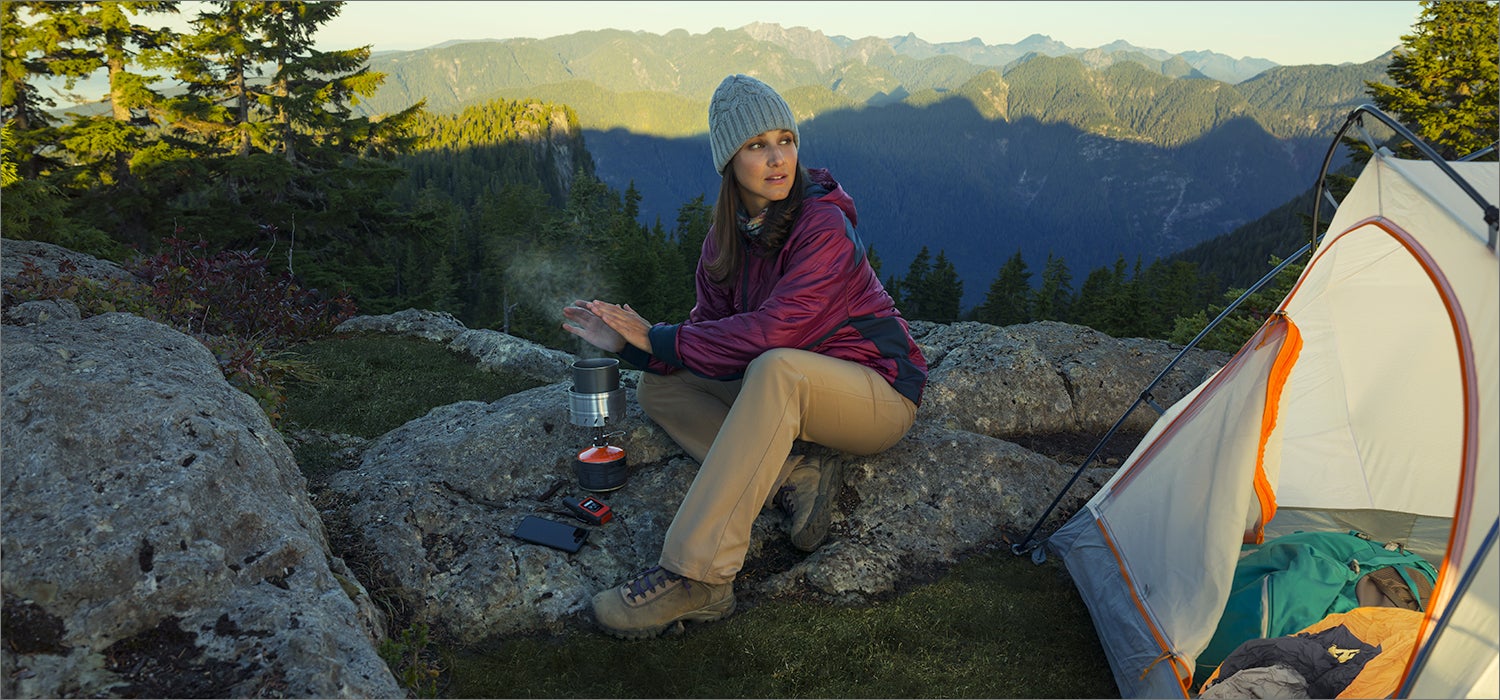The 6 Most Remote Places in North America That You Can Actually Explore

As much fun as you can have on marked trails, in established campsites, and fighting the hordes for permits to that Instagram-famous waterfall, there comes a time in the life of every adventurer when finding something a little more out-of-the-way can be more enjoyable. For those with the right experience and in the right spots, backpacking can feel like exploring a lost world as wild as any place on earth. Stepping a little further off the beaten path can allude to days before maps, trails or guidebooks, or ever being on the grid to begin with. And who wouldn’t want to feel that?
Thankfully, you don’t need to step off the map entirely to feel remote, trails don’t need to disappear for an area to seem unexplored, and we don’t ever need to go completely off the grid or without help in an emergency. Here, self-sufficiency is key and having the right materials to get yourself out in an emergency could be a matter of life and death. Satellite communicators like inReach® by Garmin, which allow two-way communication in real time with loved ones back home and potential rescuers, are your lifeline in spots where you’re not always surrounded by a crowd of other hikers or someplace where you have cell service. But if you know where to look and have the right gear and know-how, it doesn’t take a helicopter flight to the deepest part of the Amazon to make a weekend backpacking trip feel like the remote trip of a lifetime.
Denali Wilderness, Denali National Park, Alaska
Even though it’s an easy drive from Anchorage, Denali is probably unlike any National Park you’ve visited. Instead of a tour road serving access to countless trailheads and trails with established campsites touted by park rangers and guide books, Denali has nearly no trails, no established backcountry campsites, the only road into the park is a single dirt road that only park busses are allowed to drive, and rangers explicitly ask you to refrain from sharing beta on the park’s interior. The result? Heading into the park’s Wilderness makes you feel like no one has walked there before. Build your own itinerary and devise your own routes using nothing but a topographic map and GPS unit, pick your own campsites, brush up on your bushwhacking, grizzly evasion, and tundra self-sufficiency, then convince the rangers you know what you’re doing to secure a permit.
100-Mile Wilderness, Maine
Anyone hoping to finish the Appalachian Trail on Mount Katahdin faces one last major hurdle in the home stretch: The 100-Mile Wilderness. Known regularly as the AT’s most difficult section, the trail is rugged, the days are long, and you’ll be completely without access to civilization for the entire 100-mile stretch, making it not only the most remote section on the thru-hike, but one of the most out-of-the-way spots in the entire region. Hiking the entire AT is not a requirement for entry, so if you’re looking to get off the grid in the densely-populated Northeast, the thick forests, hidden lakes, and rocky outcroppings of this northern-Maine spot might be the ideal hideaway.
Boundary Waters Canoe Area, Minnesota
You’re on your own to explore this network of more than 1,100 lakes and hundreds of miles of waterways in northern Minnesota. By canoe or kayak, you can wander in almost any direction, carrying from one lake to the next, chasing diving loons, and stepping off onto countless miles of untouched shoreline. Paddle into Adams and Boulder Lakes for some of the most remote lakes in the Wilderness—you’re guaranteed to see almost no one. Just make sure your critical gear is as ready for a dunk in the water as your IPX7-rated inReach.
Maze District, Canyonlands National Park, Utah
There are few places with more untouched, wide open space than the Utah desert, but Canyonland’s hidden Maze District is uniquely untrodden. Tucked on the opposite side of the Green and Colorado Rivers from the rest of the park, just driving to the Maze takes you hours down rough 4×4 roads, so having extra gas and supplies is a necessity; There are no services in this area of the park. Once you’re there, a web of dead-end canyons, sandstone fins, and dry washes lend the region its name and make for some spectacular backpacking in otherworldly terrain, but you’d better know your way around a map and compass: Navigation here is not for the inexperienced, so a high-sensitivity GPS—like the one built into your satellite communicator—will help you stay on route.
Hoh Rainforest, Olympic National Park, Washington
If quietude is a beacon of remoteness, then the Hoh Rainforest might be one of the most out-there places on earth. Just a couple hours from bustling Seattle, it features a soundscape conservation project called “one square inch of silence,” aimed at protecting it from all manmade noise. The dense, moss-covered rainforest sees as much as 14 feet of rain per year, which definitely limits the crowds and keeps this corner of the Olympic Peninsula—renowned for its moss-cave hiking trails, thousands of shades of green, and teeming wildlife—as untouched as anyplace in the populous Northwest.
Torngat Mountains National Park, Newfoundland and Labrador
While the Torngat Mountains are definitely a little more than a quick drive away, regular charter flights to the park’s southern border and a quick ferry ride into the interior will land you in one of the continent’s most spectacular hidden gems. Similar to Denali, there are no trails in the Torngats, but charting your own route through the spectacular fjords, glaciers, and mountains should be on every experienced backpacker’s life list. Keep in mind that the weather this close to the Arctic circle can get rowdy, so using a satellite communicator to get weather reports could make the difference in the success of a trip.